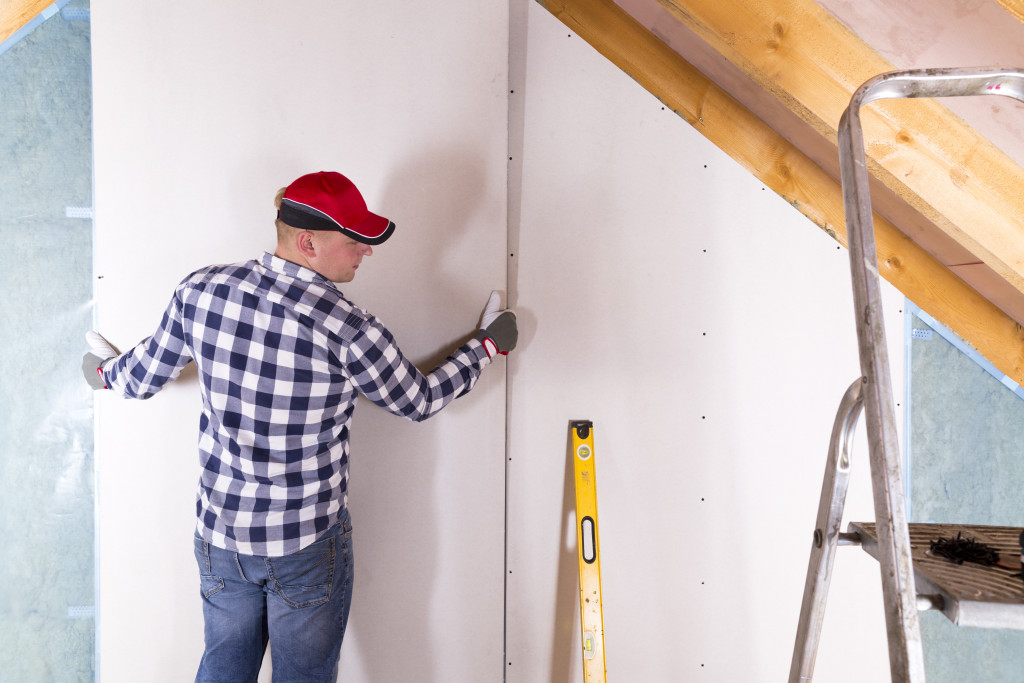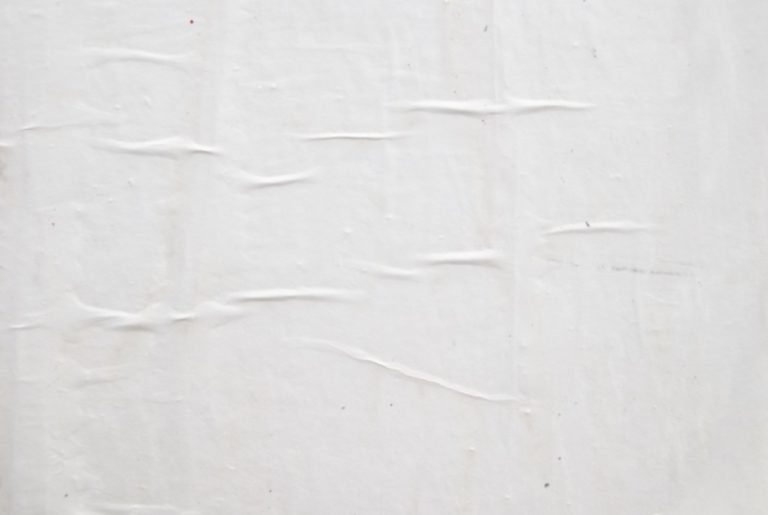Drywall has to be sanded down and refined before construction can proceed. For instance, plaster sanders are used to sand down the plastering compound used to reinforce and cover gypsum panels and rough drywall. As one can imagine, sanding down plaster can be a bit messy. And the dust created during the sanding process is dangerous if inhaled. Just like any power tool, a plaster sander has to be used with caution.
Some materials used in plastering and drywall construction include asbestos sheets, plywood, gypsum board, and fiberboards, which can be dangerous if mishandled. These large and rigid boards are bonded directly to the structure’s frame with adhesives, screws, and nails. They can also be mounted on furring strips fastened over the masonry, joists, rafters, or studs. This allows improved air circulation behind the interior wall.
Most construction work, such as plastering and sanding, usually involves working at a fast pace. A small delay can cost a lot of money, which is why construction work has to be done as quickly as possible. However, the fast-paced world of construction has led to a reduction in occupational safety standards. You need to find a balance between safety and speed.
Anyone working in construction needs to prioritize safety while on the job. The dust from sanding can lead to short-term injuries and long-term ailments, not to mention the other dangers associated with drywall installation. Here are a few important safety tips to get you started.
1. Learn how to sand properly
Many people tend to sand every layer of plaster when joining the drywall. This should be avoided since this process creates many dust and particulates that could make the workplace more dangerous. It will also make the job take much longer to do than it should. I recommend only sanding down the plaster after the tertiary coat has been spread and dried.
2. Always wear protective gear
A cloud of plaster and gypsum dust is created while sanding down the drywall. The floating particles will not only irritate your skin but can also seriously harm your eyes and lungs. Always wear personal protective gear such as safety glasses to protect your eyes and a respirator to prevent accidental inhalation.
3. Consider wet sanding
If you’re working on a small area, consider wet-sanding drywall to minimize the dust created during the process. Make sure to have lots of sponges on hand. However, if you’re working on a large area such as a room or a hall, you’re better off dry-sanding instead. Once the plaster has dried, you can then use staining rags to apply finishing touches.
4. Use a bag
Plaster sanding often requires many separate components, and balancing tools in your arms can lead to dangerous accidents. Make sure to use a bag to organize your sanding equipment and to keep everything in one place. Keeping your power tools organized can make the workplace cleaner and safer.
5. Observe proper ventilation practices

When working on a home project, the usual thing to do is to open a few windows to air things out and introduce ventilation to a stuffy workspace. This especially the case when working with anything hazardous or toxic in nature. This, however, should not be done when sanding plaster.
During the sanding process, you will be making enough dust that opening a window will make the situation worse. The particulates created during the process are very fine, and the introduction of wind can cause the particulates to scatter throughout the area, covering everything. It will be more difficult and expensive to clean all the mess.
6. Don’t apply pressure
Many people tend to push the sander all over the surface. Pushing the sander against the plaster can lead to unsightly marks and gouges that can be difficult to fix. Hold the plaster sander firmly while using it, but instead of apply pressure on the surface, you should make wiping motions from side to side instead.
Do not use the sander to repair a gouge or mark on the wall. Instead, spread fresh plaster to repair it and then sand it down again.
7. Hold with both hands
Like many power tools, a sander produces a lot of power and will pull your hand around as you use it. If you are not careful, this can lead to the sander skipping off the wall, which can cause hand injuries and damage to the wall.
Never use a plaster sander with one hand. With one hand, you don’t have the power or the control to keep the sander from skipping and wandering off. Always use both hands and make sure to apply even and firm pressure on the plaster sander.
The bottom line
Drywall installation may not be as exciting as other construction processes, but it still requires a lot of planning and preparation to do it right. These seven tips will help minimize mistakes and prevent accidents from happening.




